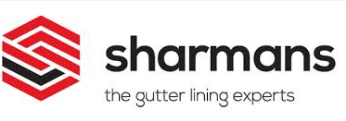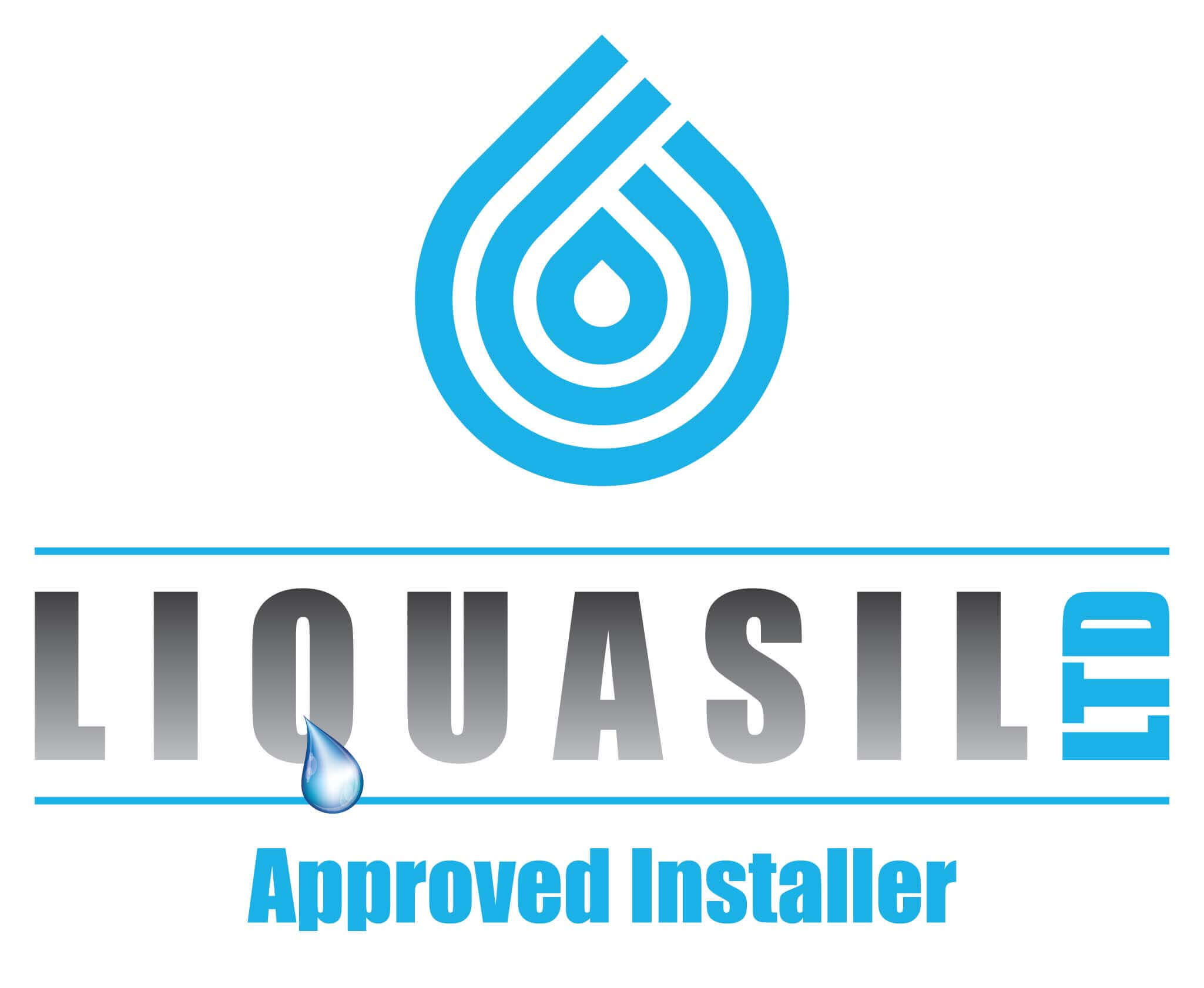ABOUT TRITEC BUILDING CONTRACTORS LTD
Tritec Building Contractors Ltd was formed by our managing directors Joel, Aaron and Mark. Prior to Tritec our managing directors worked together for over a decade gaining valuable on site experience and building relationships with the leading manufacturers of liquid coating systems.
With the experience and contacts developed, Tritec was created, with already being well placed in the industry. Tritec have now completed hundreds of projects delivering a first class quality service to office complexes, schools, universities, nurseries, and directly with principal contractors, architects and the end recipient.
Our aim is to offer independent and professional advice to our clients for the very best solution to their needs. Once the solution has been established to then expertly install the recommended solution. On achieving our aim we have actively sort out the best products in each of their markets and become approved applicators, enabling us to provide a comprehensive and informed service.
Tritec has been growing steadily whilst maintaining the high standards of workmanship that we have built our reputation on. We continue to comply with H&S regulations and keep our staff training up to date. Tritec is based on the belief that our clients needs are of the utmost importance and our entire team is committed to meeting those needs safely and on schedule.
Commercial Roofing & Cladding Solutions
why us?
6 Good Reasons To Use Specialist Building Contractors
- Trained staff specifically for our industry, ensuring you get the highest quality service.
- Reliability of a proven contractor, with a high respected reputation that offer a wide range of guarantees for all our services.
- Insured commercial contractor covering public, employment, product and professional indemnity liability insurance.
- Turnaround times on quotations are always delivered in a timely and professional manner.
- External safety consultants, Safety Services Direct Ltd, have been appointed to co-ordinate H&S, develop company policy and ensure that RAM's are produced and complied with on site.
- Covering all nationwide projects, Tritec can be called upon wherever the project.
COVER VS REPAINT
Most metal roof sheet replacement and cladding sheets are manufactured from steel, zinc alloy coated, and finished with a factory applied protective coating. It is this coating and not the sheet that usually needs replacing. Some of the many, often unseen, disadvantages of simply over sheeting an existing metal roof are discussed below:
Physical disadvantages
Added weight – The first consideration must be whether or not the building structure will bear the weight of another layer of recommended gauge steel sheets and supports. Calculations must factor in snow loading.
More holes – ‘Through fix’ installations that utilise the existing purlins must necessarily involve drilling further holes in the existing sheet, risking moisture penetration and air leakage leading to condensation.
Condensation – Where the old roof is retained as a liner, a new vapour protection layer must be added if it cannot be sealed. The VCL should be located above what will become the internal sheet but is difficult to seal when punctured with fixings for the support brackets for the new skin, risking ‘cold bridging’.
Other materials’ performance – A vast array of support and ancillary fixings, sealants and thermal performance materials must match the design life guarantee of the chosen over-sheet system.
Site disruption – A strictly controlled programme involving large and heavy deliveries, storage, movement of men and materials and handling must be carefully planned and safely managed.
Environmental disadvantages
Future maintenance – Like the original sheet, the over-sheet will itself need recoating as it reaches its normal expected repaint schedule. The same factors affecting performance will prevail on the factory coating of an over-sheet option. Cut edge corrosion will almost inevitably occur during its lifetime.
Sustainability – Steel sheet production requires large resources of finite raw materials and energy. Having a steel roof already in place requires only recoating to protect it indefinitely.
Life cycle costs – Over-sheeting means double roof sheet disposal at building end of life.
Summary
Planned repainting will extend profiled metal sheet life indefinitely, maintaining the strength and value of the building without disturbance. Over-sheeting by comparison is heavy, increases the risk of leaks & condensation and leaves the same coating failure dilemma further down the line. In essence, the roof protection is now provided by a sheet with characteristics and weaknesses possibly worse then that being over clad, with an unnecessary layer of steel effectively doubling sustainable planned maintenance and life cycle costs.




Profiled Steel Repaint Guide
Why Coatings Fail
There are many factors, which cause paint to decay and delaminate. They include the intensity of sunlight, especially UV; the amount of rainfall and the time of wetness which particularly affects more permeable coatings and the quality of the pigmentation itself. Most paints must use primers to delay the onset of these effects.
Caught in time, most profiled steel sheeting can be treated without replacement, and its protection indefinitely preserved by re-painting.
PVC Plastisol
A tough and durable 200 micron embossed finish coating, factory applied on a galvanised steel substrate. It degrades, like most paints, over a long period of time in three main phase changes affecting the sheet.
Phase 1
Appearance
Still adherent, UV and erosion cause colour fade and chalking, Check period remaining before the onset of Phase 2.
Phase 2
Delamination
UV age-hardening leads to PVC micro checking or lift. Repainting is now required for continued sheet steel protection.
Phase 3
Phase 3: Corrosion
Where exposed, corrosion is now established on the steel substrate. Repainting may be still possible but replace sheet if perforated.
PVF2 (PVDF) & Polyester
These factory finished coatings were traditionally chosen for their excellent colour and gloss retention, increasingly wider patterns of erosion signals their end of life process.
Surface Erosion
Pvf2 & Polyesters are much thinner coatings than PVC Plastisol making them far more permeable and more inclined to break down and perforate from corrosion of the underlying steel. It’s important to remember not to just treat local patches of corrosion as the coating will progressively degrade as it reaches its end of life. Repainting is required for continued steel protection unless perforated when sheet replacement is required.




